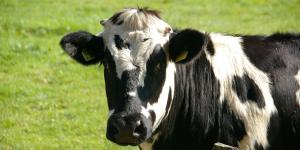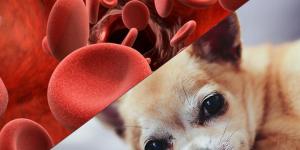Mastitis in Dogs



See files for Dogs
Canine mastitis is one of the most common conditions that affect nursing dogs or dogs that have recently given birth; it can even occur in female dogs that are not pregnant. For this reason, if a bitch is a member of our family it is important to know the symptoms that it can cause and the treatments that we should give our pet to ease this condition.
In this AnimalWised article we will delve into the subject of mastitis in dogs so you know what it is and what you should do if your dog is currently suffering from this.
What is mastitis?
Mastitis is a breast infection in female dogs that normally occurs during pregnancy and breastfeeding. The main cause is the lowered defenses that the mother suffers from after the birth of her pups. These lowered defenses allow certain germs called staphylococci to develop in her breast milk and from there affect the breasts, giving our dog a painful infection.
In many cases when the puppies instinctively push their mother's breasts with their legs to extract milk, in doing so they claw her nipples with their sharp nails. It is at that time when mastitis may occur and if not treated properly it can ultimately affect her puppies. Her milk becomes toxic for them and may even end their lives.
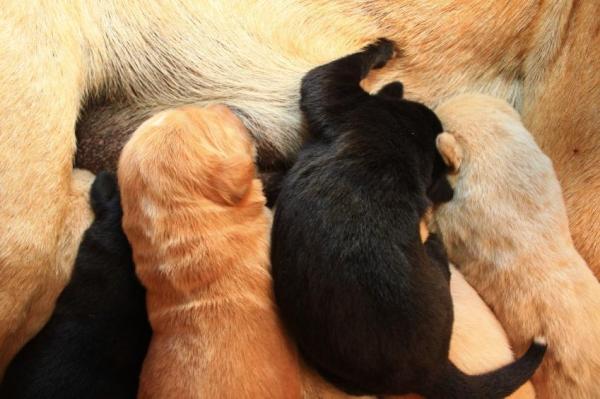
Symptoms of canine mastitis
Knowing how to identify the symptoms of mastitis in our dog is essential in order to begin treatment as soon as possible, ease her discomfort and save the lives of the small newborns.
If you suspect your dog may be suffering from mastitis, be alert for the first symptoms of this serious disease, which is a lack of appetite in the dog in question. This lack of appetite, besides causing your dog to consequently lose weight, also makes her sad and listless, conditions that might be confused with the typical symptoms of depression. To avoid this confusion, you should pay special attention to other symptoms:
- Vomiting
- Diarrhea
- Discomfort
- Increased heart rate
- High temperature
- Fever
- Apathy
- Sore nipples
- Irritability
Although all these symptoms together are proof that our dog suffers from canine mastitis, sore nipples is the clearest sign and at the same time, the most dangerous, since the mother may stop feeding her puppies.
Another serious consequence is the toxicity of the mother's milk, which may poison her puppies, cause tumors in her breasts and even kill the newborn dogs.

Treatment of mastitis in dogs
If you have the slightest suspicion that your dog is suffering from canine mastitis, the first thing you should do is go to your veterinarian who will carry out a physical examination, blood tests and a bacterial culture.
The course of treatment is antibiotics to fight the infection and applying hot compresses to improve the condition of the breasts.
Not receiving adequate veterinary treatment can lead to - in extreme cases - the removal of the affected breast and bottle feeding the puppies, which is a costly process (in terms of time and effort) for the owner.
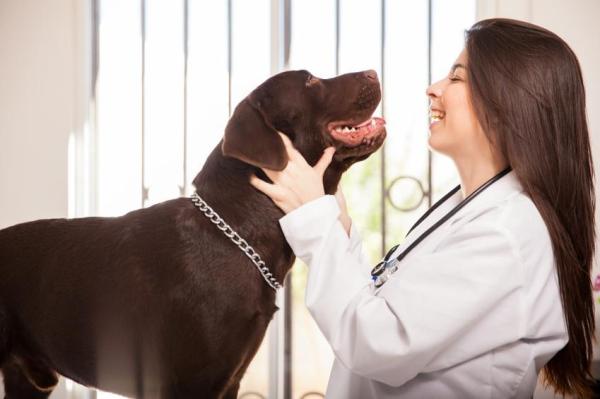
How to prevent canine mastitis
We keep in mind that in an advanced 21st century society it is poor practice to use our dog for home breeding. Conditions such as canine mastitis reflect that this process should be carried out by skilled individuals and approved centres such as breeders. In addition, the disproportionate number of dogs - including pups - in millions of shelters around the world makes breeding at home in purpose a callous and irresponsible act.
To properly prevent infections, bacteria or parasites from causing canine mastitis, it is important to clean the breasts of the dog with wet gauze regularly. Check the mother's nipples on a daily basis and carefully trim the puppies' nails to prevent them from scratching this sensitive area.
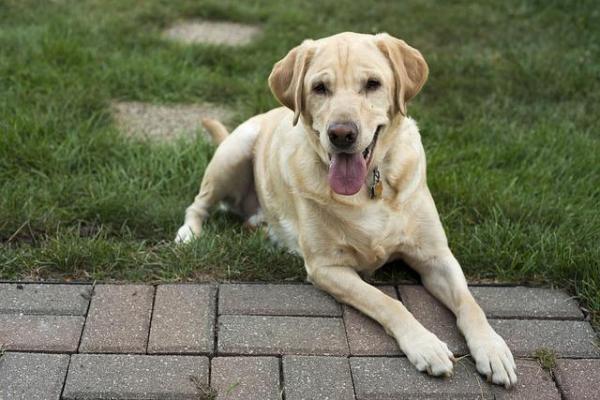
This article is purely informative. AnimalWised does not have the authority to prescribe any veterinary treatment or create a diagnosis. We invite you to take your pet to the veterinarian if they are suffering from any condition or pain.
If you want to read similar articles to Mastitis in Dogs, we recommend you visit our Infectious diseases category.

